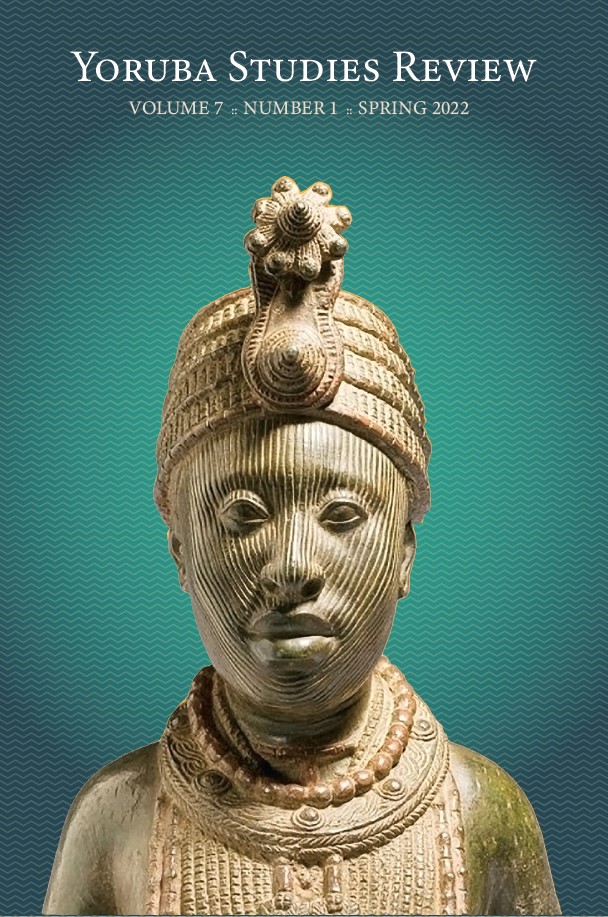Abstract
Literary translation is a veritable tool to mitigate the endangerment and imminent extinction of African indigenous languages and literature. Professor Pamela Smith has taken up the challenge to translate Ogún O̩mo̩dé written by Professor Akinwumi Is̩o̩la into Treasury of Childhood Memories among many others. Yorùbá literary critics, translation experts, and linguists are yet to scrutinize the literary translation techniques in the translated text. This study, therefore, examined the literary techniques adopted by the translator in the Target Language (TL). The study employed a qualitative research design with a close reading and content analysis of both the Second Language (SL) and Target Language (TL) texts using the Hutardo’ (2002, 498) model of literary techniques for data analysis. The findings of the study showed that: the translator adopted many literary techniques that make the TL fascinating and pleasurable to readers, but the following techniques were more predominant, these are modulation; compression; elision/omission; linguistic amplification; borrowing, calque; compensation; adaptation; and particularization. The essay concluded that the translator's high level of bilingual and bicultural competence and the literary translation techniques adopted to make the contents of the source text easily transposed and rendered in impeccable English language in the TL.

This work is licensed under a Creative Commons Attribution-NonCommercial 4.0 International License.
Copyright (c) 2022 O̩lálérè Adéyemi
